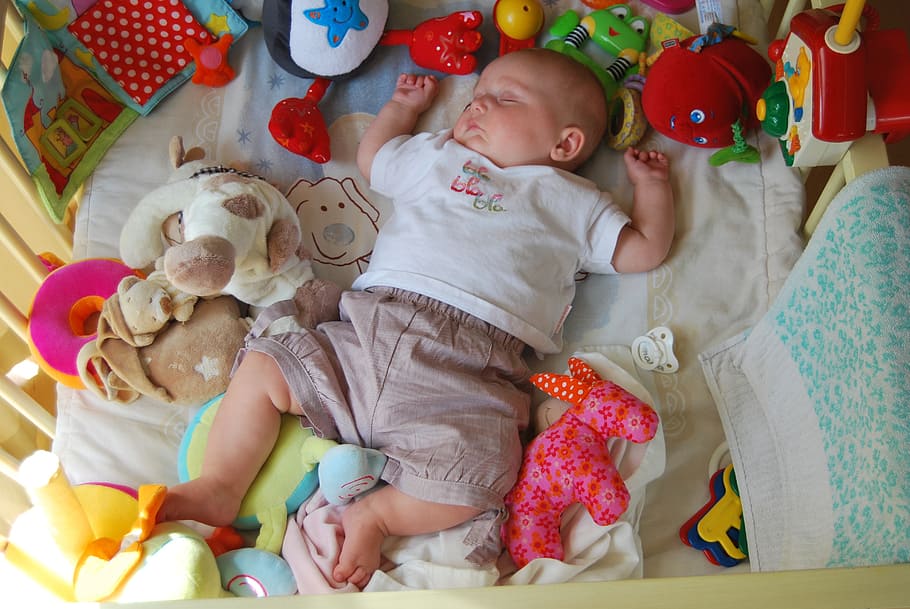Project Description
The arrival of a new baby is a joyous occasion but it is not without its challenges. For families throughout Australia one of the biggest challenges is unfortunately financial, providing for all that baby needs can be an expensive endeavour. This is where a "baby bank" comes in! A baby bank is a charitable organisation that links up families whose babies are grown with those just starting their journey. What an amazing way to help out your fellow human! And clear out the shed at the same time!
The perennial problem of course is reaching those families who have extra lying around and making it simple and easy to access the service. This project aims to solve this issue through finding areas where collection points and marketing spend would be best targeted. Additionally as a byproduct the unsupervised learning model discovered the areas where aid would be best utilised.
Data Story
The Goal
The discover areas where excess baby clothing and items would be present to allow the
To discover this we had to create a marketing persona, who are our givers?
To create a persona we turned to research on charitable giving. Who gives most? It seems one does give according to ones means. There is a strong correlation between income and giving. Furthermore, we had the make assumption to complete the persona.
Assumptions
The assumptions we made to complete the persona needed to be grounded in a firm foundation. The foundation we chose was obvious, you have to have baby things to give them away! Therefore, households of a larger size would be best. Our next assumption was that you have to have not already passed them on, something those in the older age bracket may have done. Additionally women give more things by ennumeration to charity to men.
The persona complete
Our persona in mum in her thirties. She has had a few kids but they have gone off to school now. But their things are still taking up space in her house. Coming back to work, she hit the ground running and is kicking goals in the job.
The data
To find our ideal giver we looked to see what Australian fit the bill. The best data to do this is of course the census data. Data on gender, House hold make up, income specifically for those with families and age were all considered to use as features for a machine learning model
The model
The goal was in essence a market segmentation. We wanted to create enough flexibility to let a use perform some interaction themselves through input into the clusters of people they would be interested in by age, income and household make up. Therefore the data was preprocessed to reduce bias by normalising the continuous variables. Subsequently a principle component analysis was created to maximise group distance in n-dimensional space. Finally, unsupervised learning was performed to cluster together groups with like characteristics. These clusters were then assessed for characteristics and classifiers were used to delineated based on the user input factors that is income, age and household make up.


